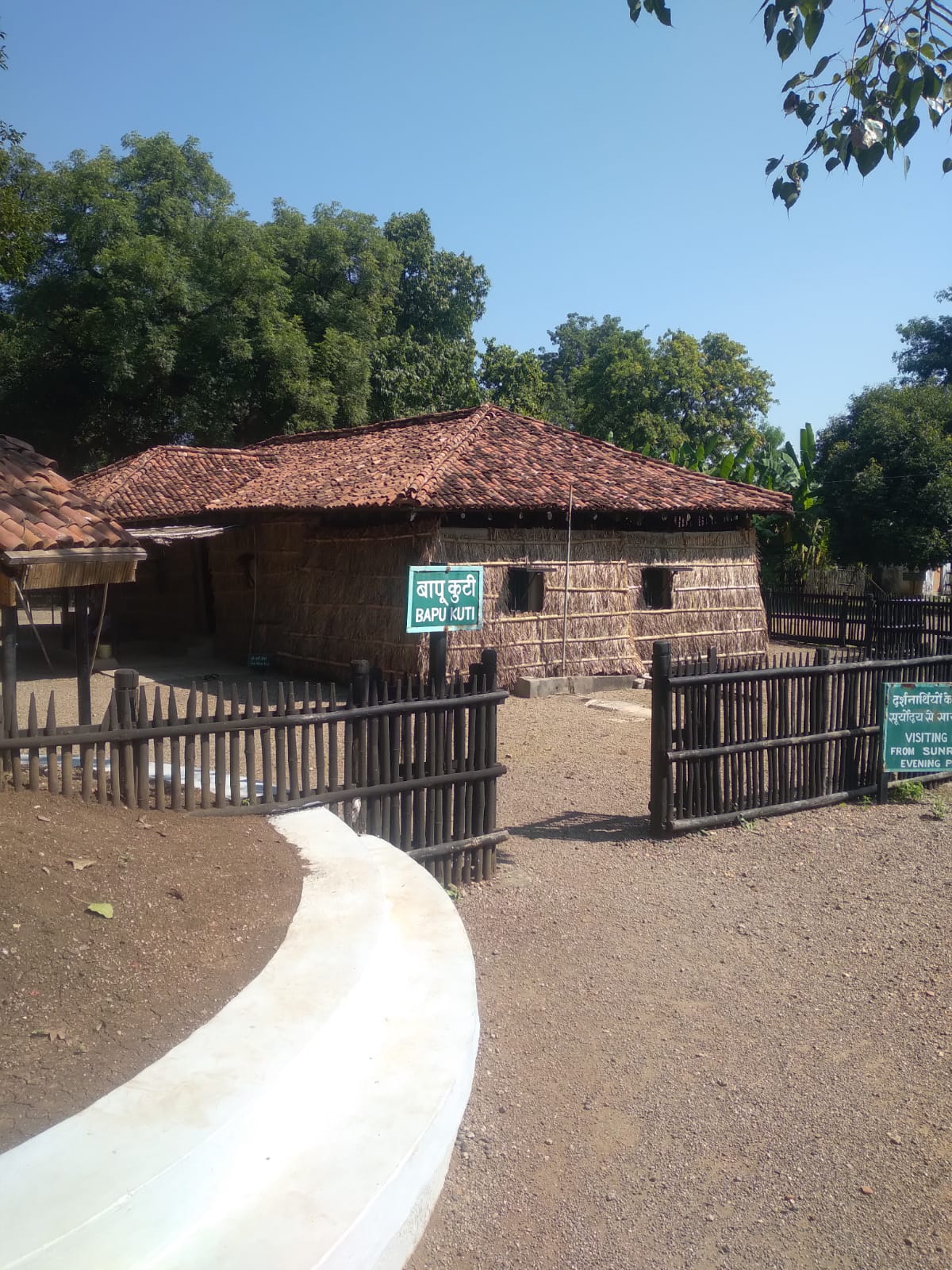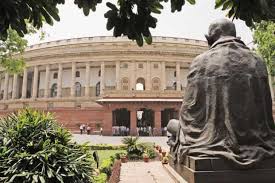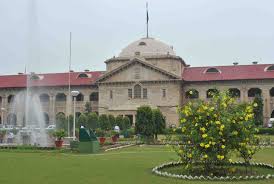Sevagram Ashram Wardha : An Epitome of Constructive Work
Sevagram Ashram, Wardha was the last ashram built for Mahatma Gandhi . Gandhi experimented his concept of village industries , education and other constructive programmes for Swaraj. Please read details in this article.
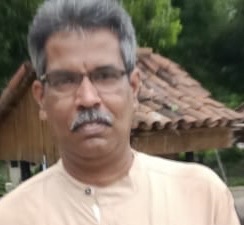
Siby K. Joseph
Mahatma Gandhi left Satyagraha Ashram, Ahmedabad on 12th March 1930 in the wake of Salt March with a solemn vow that he will return to the Ashram only when India gets independence from British rule. It goes to the credit of Jamnalal Bajaj, who is regarded as the fifth son of Mahatma, for persuading Gandhi to settle down in Wardha and support Gandhi in the establishment of Ashram at Sevagram .
Gandhi on his release from Yervada Jail came to Wardha on September 23, 1933. He stayed in Bajajwadi, which was the residence of Jamnalal Bajaj, which later turned into a national guest house for workers and leaders of the freedom struggle. He started his Harijan tour from here on November 7 and returned to Wardha again on August 7, 1934 and stayed in Satyagraha Ashram of Vinoba Bhave at Wardha, which is presently known as Mahila Ashram. It was during this period Gandhi decided to retire from the Indian National Congress. Finally, he resigned from the Congress on the 29th of October.
Please read this article by Tushar Gandhi : Obliterating Bapu , Erasing His legacy
He decided to devote all his energies for the uplift of villages. On December 15, 1934, the All India Village Industries Association was formed at Wardha. Jamnalal Bajaj had donated twenty acres of land and a house to Gandhi which was later renamed as Maganwadi in the memory of Maganlal Gandhi, which became the headquarters of All India Village Industries Association.
The first village development work under the guidance of Mahatma was started at a small village known as Sindi. But he was in search of a typical village and it was Madeleine Slade (Miraben),a disciple of Gandhi from Britain, who selected the village Segaon, about four miles to the east of Wardha town.
This village is in the central part of India around 75 kms.away from Nagpur. On April 30, 1936, Mahatma made this village Segaon as his home. He stayed in a makeshift arrangement under a guava tree there as his hut was not ready at that time. On his first visit, he stayed here only for a couple of days.
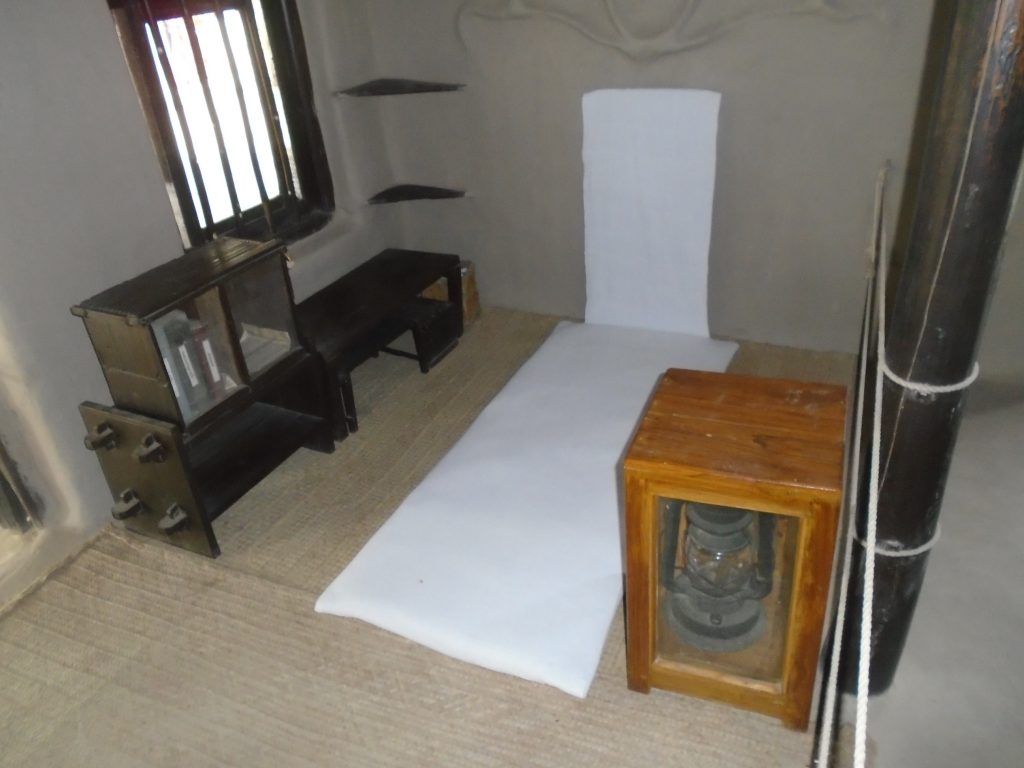
He was 67 years old and he was not in favour of creating an ashram as a community of people away from the village. In fact he wanted to convert the whole village into an ashram. He wanted to stay alone in the village and Kasturba could join if she wanted. But in the course of time it was taking the form of an ashram. There was another place known as Shegaon and the letters addressed to Gandhi went there. Therefore, in 1940 the village was renamed as Sevagram.
Sevagram Ashram differs from his other ashrams in terms of approach and its appearance. This ashram clearly depicts his ideological evolution and changing approach to life and philosophy. He wrote in Harijan in 1936. “You may be sure I am living now just the way I wish to live. What I might have done at the beginning, had I more light, I am doing now in the evening of my life, at the end of my career, building from the bottom up. Study my way of living here, study my surroundings, if you wish to know what I am. Village improvement is the only foundation on which conditions in India can be permanently ameliorated.”
Gandhi wanted his hut to be built using the materials available within the radius of 75 kms. and the cost not to exceed more than hundred rupees. Gandhiji’s hut was built as per his wish and his first hut was renamed as Adi Nivas after his death. This hut witnessed many important meetings and discussions which determined the future of India. The idea of Quit India movement took its shape in the first meeting held here. Similarly the preliminary deliberations of Individual Satyagraha were also held in this iconic building.
In the course of time a number of buildings and additional facilities were added to the Sevagram Ashram Wardha like a hut for Kasturba Gandhi ( Ba kuti ) ,the well known Bapu kuti, which was originally used by Miraben and expanded as per the requirements of Gandhi, open prayer ground, his last residence, Parchure kuti built for treating a leprosy affected person, huts for his secretaries and other buildings.
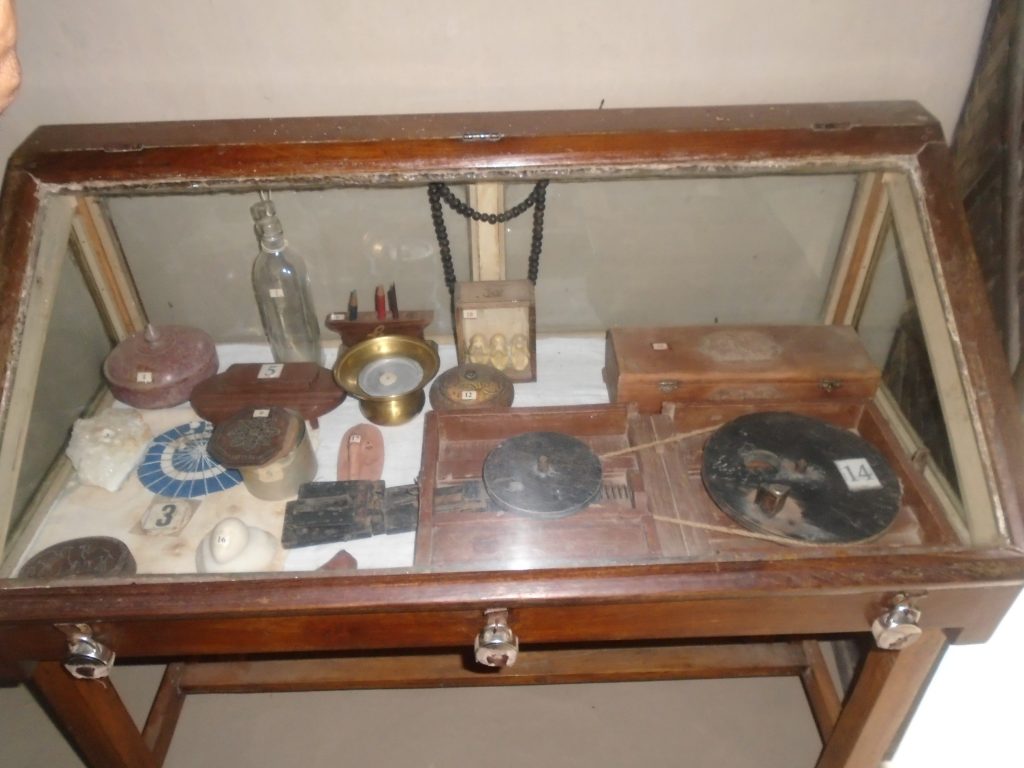
In 1937, Gandhi came up with his ideas on Basic education which aimed at the all round development of body, mind and spirit. His scheme of Basic education was implemented throughout the country. It was during his Sevagram phase, he became more convinced about the efficacy of constructive work along with Satyagraha and in the 1940s he came up with his 18 fold constructive programme for the reconstruction of Indian villages. Thus Sevagram Ashram was the laboratory for ideas and action.
Gandhi left Sevagram Ashram for Delhi on 25th August1946 and further proceeded to Noakhali. From Noakhali he returned to Delhi and was hoping to return to Sevagram on 2nd February1948. But unfortunately he was assassinated by a religious fundamentalist and that put an abrupt end to his life.
Sevagram ashram is a place of pilgrimage to understand his philosophy and life. Gandhi’s ashram at Sevagram declares to the world the values of simplicity, limitation of wants and life in tune with nature. It continues to remain as a source of inspiration for ordinary people to noted philosophers and thinkers. In January 1978, Ivan Illich a Croatian – Austrian philosopher came to Sevagram to inaugurate a conference. At the inaugural speech he talked about the message of Bapu’s hut. “There are two things about the hut which have impressed me greatly. One is its spiritual aspect and the other is the aspect of his amenities. I was trying to understand Gandhi’s point of view in regard to making the hut, I very much liked its simplicity, beauty and neatness.
The hut proclaims the principle of love and equality with everybody. …This hut of Gandhi demonstrates to the world how the dignity of the common man can be brought up. It is also a symbol of happiness which we can derive from practicing the principles of simplicity, service and truthfulness.”
The life at the Sevagram ashram is peaceful, dignified and silent. The inmates of the Ashram follow a simple lifestyle in tune with ideals set forth by Mahatma. It imparts the experience of a simple life that starts with early Morning Prayer and voluntary manual labour such as farming, sanitation, and other works related to the management of the Ashram.
This environment provides a unique and unforgettable opportunity for an individual to develop a new vision of harmonious life based on self discipline, respect for labour, self reliance and altruism.
With the research and library facilities coming up in the vicinity, the Ashram is gearing up for serious academic pursuits. Thus the Ashram in the coming days will provide a blend of ashram and academic training which is an invaluable asset to those people looking for alternatives to overcome the economic, social and ethical maladies brought about by modern technological change and advancement.
About the Author
Dr. Siby K. Joseph is a noted academic and Gandhian Scholar having more than two decades of teaching and research experience. The books written and edited by him were published by Routledge, Concept, Manohar and many other publishing houses. His most recent writings are Lanza del Vasto: A Messenger of Peace (2018) Gandhi in South Africa: A Racist or A Liberator? (2019) Kasturba Gandhi: An Embodiment of Empowerment (2020).This Article is a part of series of articles on Ashrams established by Mahatma Gandhi
Dr. Siby K. Joseph is Director, Sri Jamnalal Bajaj Memorial Library and Research Centre, Sevagram Ashram Pratishthan, Wardha-442102, Maharashtra.
Email:directorjbmlrc@gmail.com
Please read this article about Kocharab Ashram Ahamdabad

